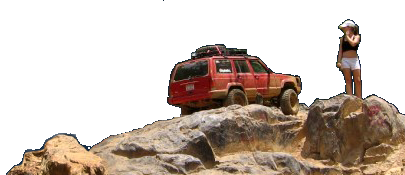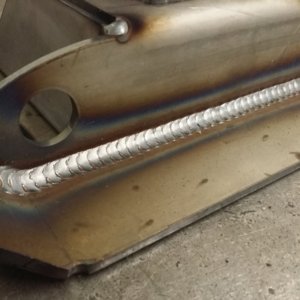So I did some testing of some different weld myths the other night with the students on the last class night.
I welded a horizontal plate test with .035" wire. Machine settings were 17.8 volts, 182 on the wfs. Amps were 100-105 while welding.
5 passes, 1 root, 1 hot, 3 cover.
Water quenched the plate immediately after each pass and after finishing the test, as well as quenched the coupons after flame cutting 4 equal pieces.
I was shocked by the results.
Root
Hot
Root coupons
Face coupons
I was in too big of a hurry to take any pics of the finished cover.
We were all surprised to see that the water quenching did not cause severe embrittlement of the piece especially with the different cooling rates of the weld alloy vs steel alloy.
Everything taught and in the books we have, regarding this all say the opposite of what we found.
My guess is that the weld pool has solidified enough by the time the weld has finished and I walked 10 ft to the quench tank, that it is not effected by the quench. As well that the temperatures achieved while welding aren't hot enough to cause a severe enough change when quenched. I'm no CWI or Weld Engineer, just theories out of my head.



